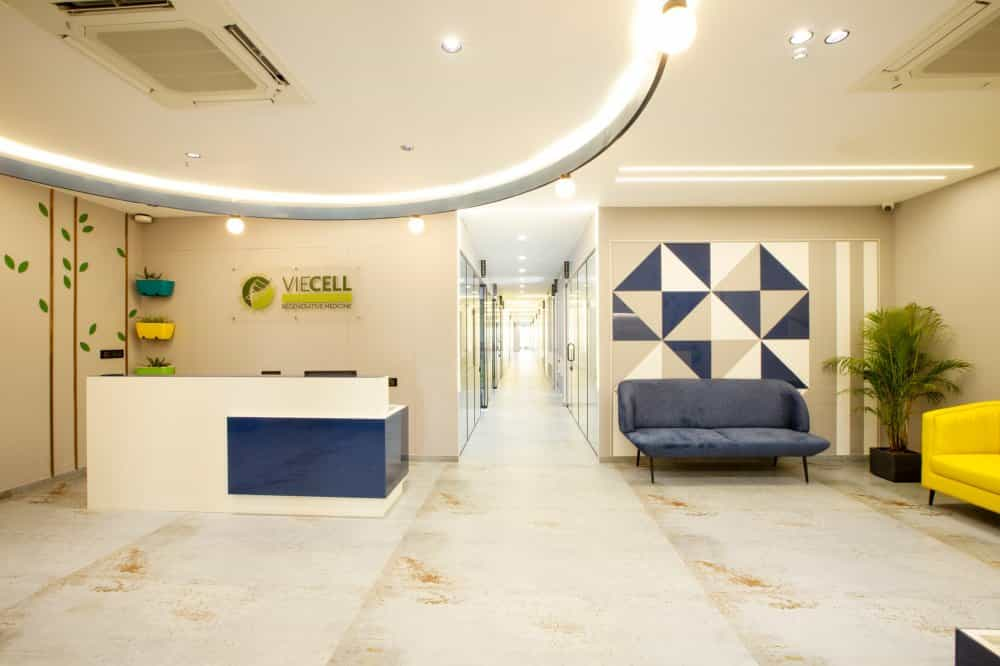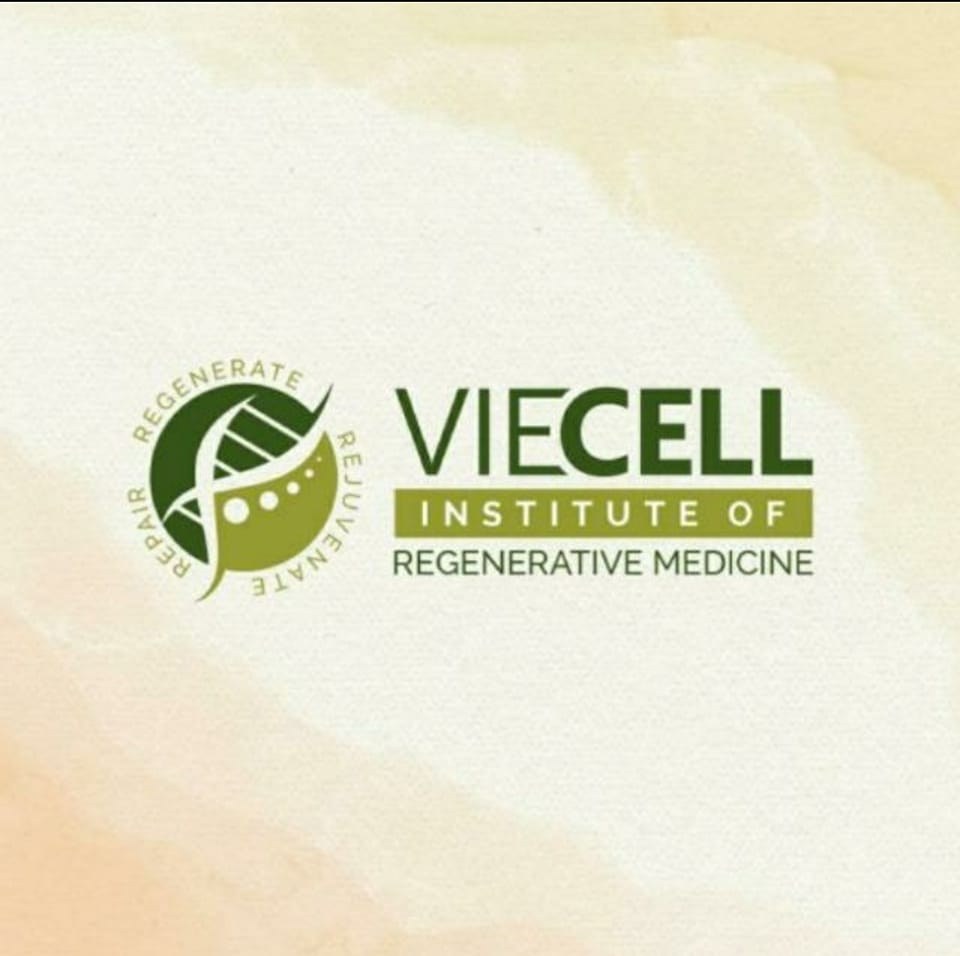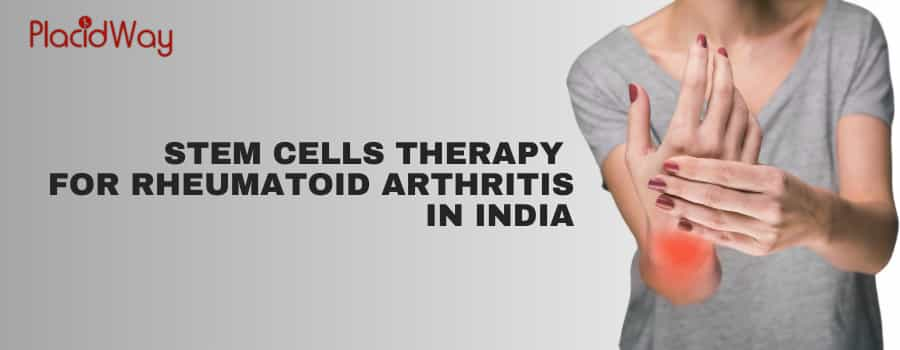
Rheumatoid Arthritis (RA) is a chronic autoimmune disease that causes inflammation, pain, and stiffness in the joints. It affects millions of people worldwide, leading to a reduced quality of life and, in severe cases, disability. Traditional treatments such as anti-inflammatory drugs, immunosuppressants, and biologics aim to manage symptoms but often come with side effects and limited long-term effectiveness.In recent years, Stem Cell Therapy has emerged as a promising alternative treatment for rheumatoid arthritis, offering hope for patients seeking a more effective and long-lasting solution. Stem cell therapy is being used in several countries, but India has gained prominence as a global leader in this field due to its affordable cost, highly skilled medical professionals, and state-of-the-art facilities.This article will provide a detailed overview of stem cell therapy for rheumatoid arthritis in India, explaining how it works, its benefits, the cost of treatment, and why India is considered a top destination for this innovative therapy.
Key Insights at a Glance
- Effective Treatment: Stem cell therapy may help regenerate damaged tissues, reduce inflammation, and slow down the progression of rheumatoid arthritis.
- Affordable Costs: Stem cell therapy in India costs a fraction of what it would in Western countries, making it an attractive option for medical tourists.
- Experienced Doctors: India is home to some of the world’s leading experts in regenerative medicine and stem cell treatments.
- State-of-the-Art Facilities: Indian hospitals and clinics are equipped with the latest technology and adhere to international medical standards.
- Quick Recovery: Patients can often return to their regular activities in a relatively short time after undergoing stem cell therapy.
What is Stem Cell Therapy for Rheumatoid Arthritis?
Stem cell therapy involves the use of stem cells to repair, regenerate, or replace damaged tissues in the body. In the context of rheumatoid arthritis, stem cell therapy aims to target the inflammation and joint damage caused by the disease.The human body contains different types of stem cells, but the most commonly used in medical treatments are mesenchymal stem cells (MSCs), which can differentiate into a variety of cells, including cartilage, bone, and fat cells. These stem cells can be harvested from various sources, such as:
- Bone Marrow: A common source of mesenchymal stem cells, which can be easily extracted through a minimally invasive procedure.
- Adipose Tissue: Fat cells are rich in stem cells, making this an alternative and less invasive method of harvesting stem cells.
- Umbilical Cord: Stem cells from the umbilical cord are known for their potency and regenerative capabilities, although this is a less common source in India.
Once harvested, these stem cells are processed and reintroduced into the affected joints or bloodstream to promote healing, reduce inflammation, and potentially reverse some of the damage caused by rheumatoid arthritis.
How Does Stem Cell Therapy Work for Rheumatoid Arthritis?
Stem cell therapy for rheumatoid arthritis works by harnessing the regenerative abilities of stem cells to repair damaged joint tissues and reduce inflammation. The process can be broken down into the following steps:
- Harvesting Stem Cells: The first step in stem cell therapy involves harvesting mesenchymal stem cells from the patient’s body (usually from bone marrow or adipose tissue). This is done through a minimally invasive procedure, typically involving local anesthesia.
- Processing the Cells: After harvesting, the stem cells are processed in a laboratory to isolate and purify the cells. The processing step ensures that only viable, high-quality stem cells are used for the treatment.
- Reintroducing the Cells: The purified stem cells are then injected into the affected joints, often directly into the joint capsule. The stem cells are believed to work by reducing inflammation, promoting cartilage regeneration, and stimulating the body’s healing processes.
- Healing and Regeneration: Over time, the stem cells differentiate into the necessary cells (such as cartilage cells or bone cells) to repair damaged tissue. This leads to reduced pain, improved joint function, and in some cases, a reversal of joint damage caused by rheumatoid arthritis.
Why Choose Stem Cell Therapy for Rheumatoid Arthritis in India?
India is fast becoming a leading destination for stem cell therapy, especially for patients seeking treatment for rheumatoid arthritis. There are several reasons why India is an ideal choice for this innovative therapy:
Affordable Treatment Costs
The cost of stem cell therapy for rheumatoid arthritis in India is significantly lower compared to countries like the U.S., U.K., and Canada. The total cost of treatment in India can be up to 60-70% cheaper than in these Western countries, making it an attractive option for medical tourists. For example, while stem cell therapy in the U.S. may cost around $15,000 to $25,000, the same treatment in India may cost between $5,000 and $8,000.
Expertise and Experience
India is home to highly skilled doctors and medical professionals specializing in regenerative medicine and stem cell therapies. Many of these specialists have trained in renowned international institutions and are well-versed in the latest advancements in stem cell treatments. Their experience with complex cases of rheumatoid arthritis adds to the effectiveness and safety of the procedure.
State-of-the-Art Medical Facilities
Indian hospitals and clinics are equipped with advanced medical technologies and adhere to international standards of care. Many facilities have received accreditation from international organizations such as the Joint Commission International (JCI), ensuring that patients receive top-tier care in a safe and comfortable environment.
Fast Recovery and Minimal Downtime
Compared to traditional surgical options, stem cell therapy offers a faster recovery time with minimal downtime. Patients often experience little to no pain post-treatment, and most can return to their regular activities within a few days to weeks, depending on the extent of their rheumatoid arthritis.
Holistic Approach to Treatment
Stem cell therapy is often used in conjunction with other treatments such as physiotherapy, pain management, and nutritional guidance. This holistic approach enhances the overall outcome of the treatment and ensures that patients experience optimal recovery and long-term relief from symptoms.
Benefits of Stem Cell Therapy for Rheumatoid Arthritis
Stem cell therapy offers several potential benefits for patients suffering from rheumatoid arthritis, including:
- Reduction in Joint Pain: By targeting inflammation and stimulating tissue regeneration, stem cell therapy can significantly reduce the chronic pain associated with rheumatoid arthritis.
- Improved Joint Mobility: Stem cell therapy helps regenerate damaged tissues, potentially improving joint function and increasing the range of motion.
- Slowing Disease Progression: Stem cells can slow or even halt the progression of rheumatoid arthritis by addressing the underlying inflammation and immune response that causes joint damage.
- Reduced Dependence on Medication: For many patients, stem cell therapy can reduce or eliminate the need for painkillers and immunosuppressive drugs, which often come with side effects.
- Minimally Invasive: Unlike traditional surgical methods, stem cell therapy is non-invasive, reducing the risk of complications and scarring.
The Process of Stem Cell Therapy for Rheumatoid Arthritis in India
- Initial Consultation: The treatment begins with a consultation with a qualified stem cell specialist. During this session, the doctor will assess your medical history, evaluate your rheumatoid arthritis severity, and discuss your goals and expectations from the treatment.
- Stem Cell Harvesting: Depending on the treatment plan, stem cells will be harvested from either your bone marrow, adipose tissue, or other sources. This process is typically performed under local anesthesia.
- Processing and Isolation: The harvested stem cells are then processed to isolate the viable cells. This may take a few hours, depending on the method used.
- Injection and Aftercare: The purified stem cells are injected directly into the affected joints. The procedure is minimally invasive and typically requires no hospital stay. After the procedure, patients are monitored for a short period before being allowed to return to their accommodations.
- Recovery and Follow-up: Patients usually experience minimal downtime. A follow-up consultation is scheduled to monitor the progress of the treatment and ensure proper healing.
Cost of Stem Cell Therapy for Rheumatoid Arthritis in India
The cost of stem cell therapy for rheumatoid arthritis in India is much more affordable compared to many other countries. Here is a breakdown of costs:
| Treatment Location | Cost Range (USD) |
|---|---|
| India | $5,000 - $8,000 |
| United States | $15,000 - $25,000 |
| Germany | $10,000 - $18,000 |
| Mexico | $6,000 - $9,000 |
| United Kingdom | $12,000 - $20,000 |
| Turkey | $7,000 - $12,000 |
As shown, India offers a significant cost-saving advantage, making it an attractive destination for people seeking high-quality stem cell treatments at a fraction of the cost they would pay in Western countries.
FAQs: Common Questions about Stem Cell Therapy for Rheumatoid Arthritis in India
What are the success rates of stem cell therapy for rheumatoid arthritis?
While success rates vary from patient to patient, many individuals report a significant reduction in pain, improved joint mobility, and a slowing of disease progression after stem cell therapy. Success depends on the severity of RA and the patient's response to the treatment.
Is stem cell therapy for rheumatoid arthritis FDA-approved?
Stem cell therapy for RA is approved in some countries but not in others. While it’s not universally FDA-approved in the U.S., many countries, including India, offer stem cell treatments within ethical guidelines and under regulated standards.
How long does it take to see results from stem cell therapy?
Patients typically start seeing improvements in pain relief and joint mobility within 3 to 6 months after treatment, as the body gradually regenerates tissue and reduces inflammation.
Are there any side effects or risks of stem cell therapy?
Stem cell therapy is generally safe, with minimal risks. Potential side effects include mild swelling, bruising at the injection site, or temporary discomfort. Serious complications are rare when performed by experienced professionals.
Can I undergo stem cell therapy if I am already on rheumatoid arthritis medication?
Yes, many patients continue their prescribed medications alongside stem cell therapy. However, it’s essential to consult with your doctor, who may adjust your medications based on your progress and treatment needs.
How do I know if I am a candidate for stem cell therapy?
The best way to determine if you are a candidate for stem cell therapy is to consult with a specialized physician who will evaluate your medical history, current health condition, and severity of rheumatoid arthritis. In general, candidates are those who have not found relief from traditional treatments or want to reduce dependency on medication.
Is stem cell therapy for rheumatoid arthritis covered by insurance?
In most cases, stem cell therapy for rheumatoid arthritis is considered an experimental or alternative treatment and may not be covered by insurance. However, it’s advisable to check with your insurance provider to determine if any coverage applies. Many patients opt for financing options offered by clinics.
What is the procedure for stem cell therapy?
The procedure involves harvesting stem cells from your body (often from bone marrow or adipose tissue), processing and purifying the cells, and then injecting them into the affected joints. The process is minimally invasive and typically takes a few hours. After the procedure, you can usually return home the same day.
How long will I need to stay in India for stem cell therapy?
Typically, you will need to stay in India for around 1 to 2 weeks for the entire treatment process, including the initial consultation, stem cell harvest, and follow-up visits. However, the exact duration depends on the type of treatment you receive and the recovery time.
Is stem cell therapy for rheumatoid arthritis permanent?
While stem cell therapy can provide long-term relief, the results may not be permanent for everyone. Some patients experience significant improvements that last for years, while others may need additional treatments in the future. The therapy helps manage symptoms and can slow disease progression but does not guarantee a permanent cure.
Ready to Experience the Benefits of Stem Cell Therapy for Rheumatoid Arthritis?
Stem cell therapy offers hope to those suffering from rheumatoid arthritis, especially in a country like India, where medical excellence, cutting-edge technology, and affordability converge. If you're considering this advanced treatment, don't hesitate to get in touch with a trusted clinic in India today. Take the first step toward pain-free living and a better quality of life!
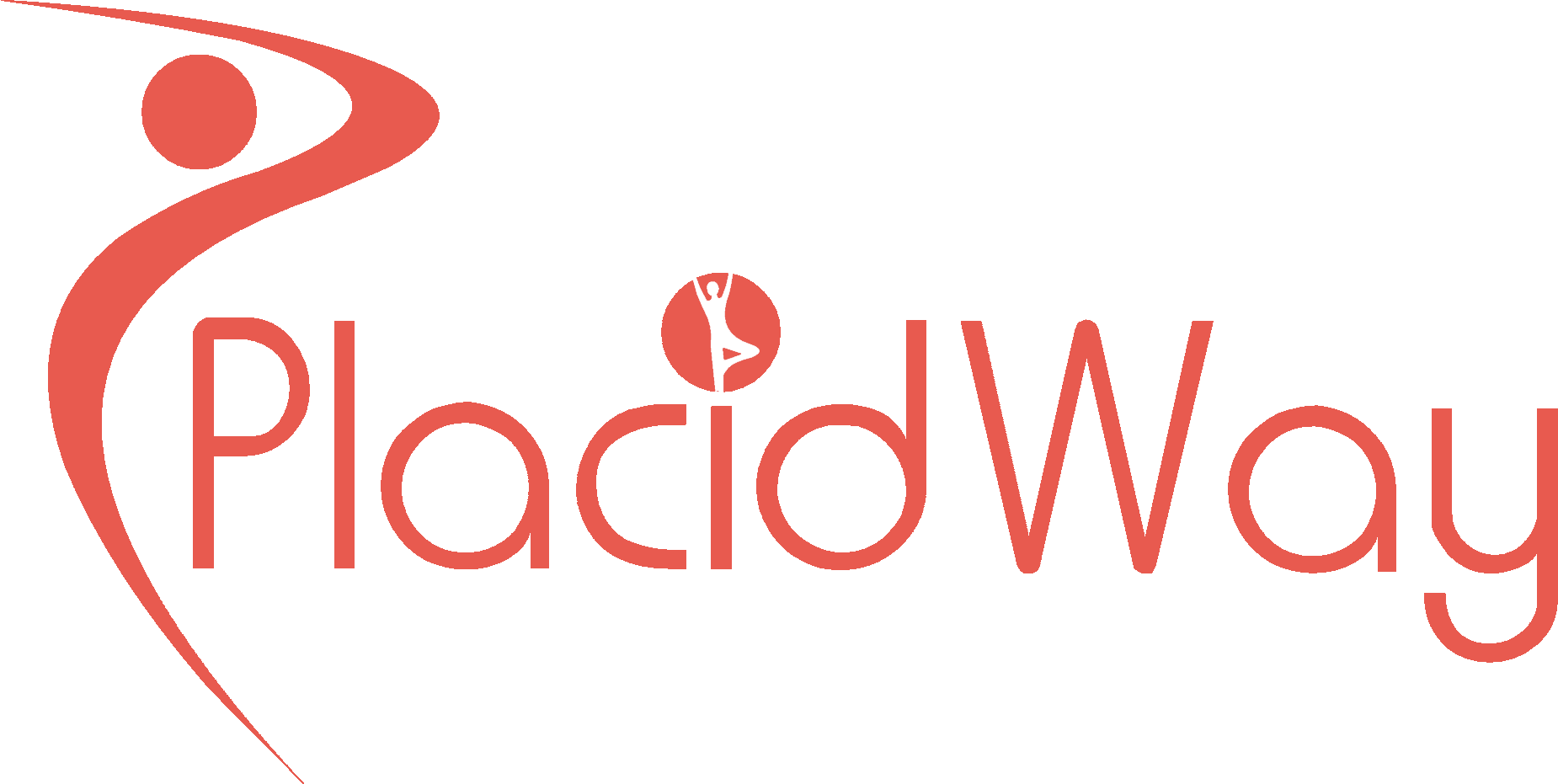







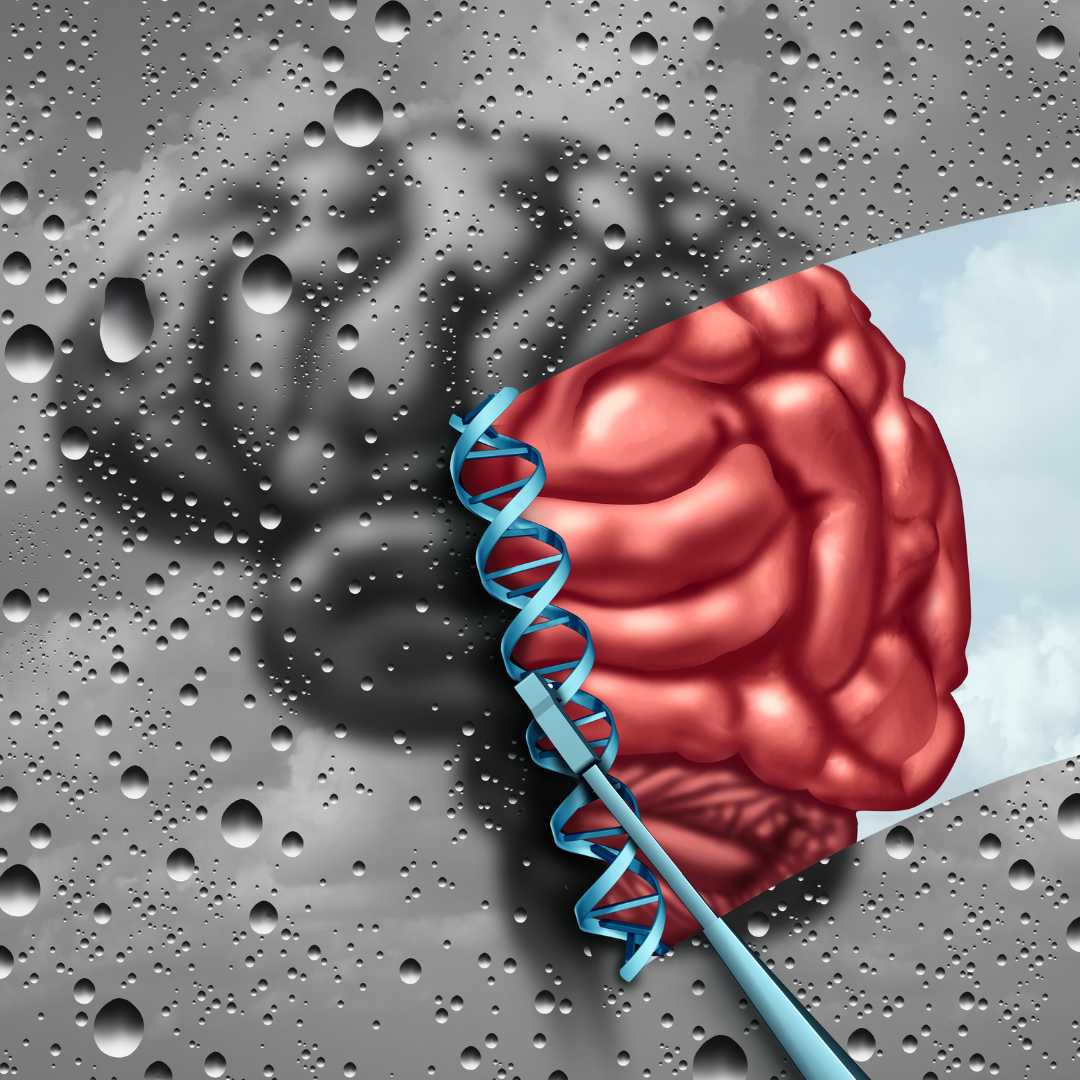
.png)
.png)
.JPG)







